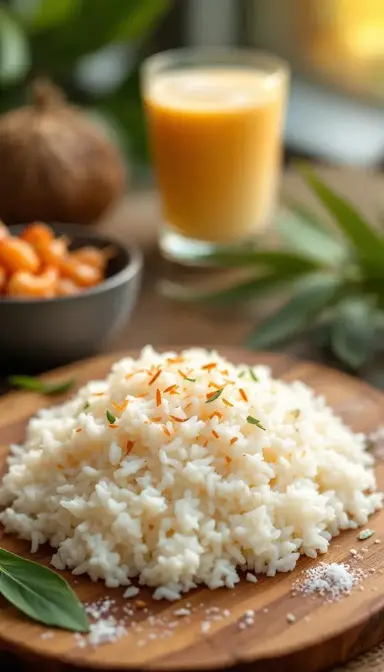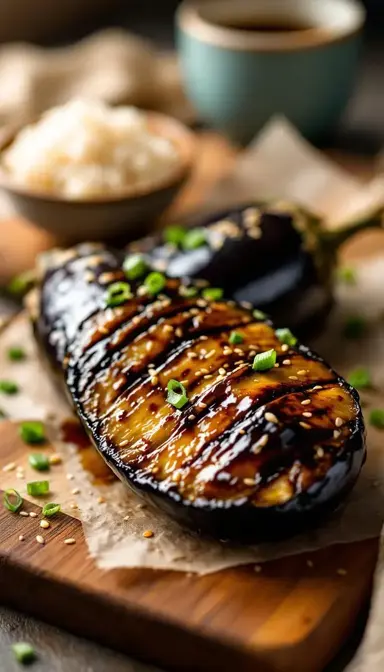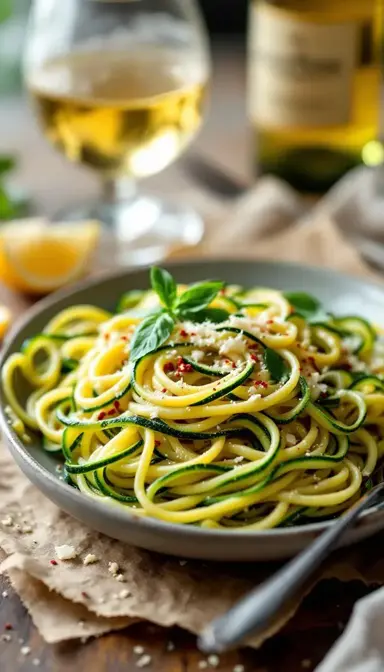Let me tell you about the first time I truly fell in love with coconut rice. It wasn’t in some fancy restaurant—it was in my tiny apartment kitchen, after three failed attempts that left me with everything from gluey mush to crunchy undercooked grains. But when I finally nailed it? Oh, that creamy, fragrant, just-sweet-enough pot of gold was worth every mistake. Now, I’m sharing everything I learned so you can skip the trial-and-error phase.
How to Make Coconut Rice
Step 1: Treat Your Rice Like a Spa Guest
Don’t just rinse—pamper those grains. Picture this: cool water cascading over 1 cup Jasmine Rice in a fine-mesh strainer (or a regular colander lined with cheesecloth), your fingers moving like a gentle masseuse to loosen excess starch. Keep going until the water runs clear (trust me, your future self will thank you when every grain stands proud instead of clumping).
Why this matters: Rinsing removes surface starch that causes gummy rice. Soaking hydrates the grains evenly, preventing brittle spots. And thorough draining ensures the coconut milk’s richness isn’t diluted.
Pro move from my grandma’s playbook: After rinsing, let the rice soak for 10 minutes. It’s like giving grains a hydration boost before their coconut milk bath—they’ll cook more evenly and stay tender, not brittle.
Step 2: Build Flavor Like a Symphony
In your heaviest pot (a Dutch oven or thick-bottomed saucepan works great), combine 1 cup rinsed rice with 1 cup full-fat coconut milk, ½ cup water, 1 tsp sugar, ½ tsp salt, and 1 tbsp coconut oil (or neutral oil in a pinch). Stir just until everything dissolves—overmixing is the enemy here. It’s like overworking pancake batter; you’ll end up with tough, gummy rice instead of fluffy perfection.
Why this matters: Overstirring breaks rice grains, releasing starch that creates a gluey texture. Warming the coconut milk prevents temperature shock for even cooking.
A trick I stole from a Bangkok street vendor: If using 2 pandan leaves (or substitute with a bay leaf for earthy notes), tie them in a knot before tucking them into the pot. They’ll infuse their floral magic without leaving behind annoying fibers.
Step 3: The Boil-to-Simmer Tango
Crank the heat to medium-high and wait for that moment when bubbles erupt across the entire surface like tiny volcanoes. Now is when you pounce: slam the heat down to low and clamp on the lid like you’re protecting buried treasure. This sudden temperature drop mimics traditional steam cooking.
Golden rule: Once that lid goes on, no peeking. Lifting it releases steam, lowering the pot’s internal temperature and risking undercooked rice.
Step 4: Let Silence Do the Work
Set a timer for 15 minutes. When time’s up, you’ll know it’s ready by the tiny craters dotting the surface—nature’s way of saying “all liquid absorbed.” Test a grain between your fingers; it should surrender softly without a crunch.
Step 5: The Grand Finale
Off the heat, let it rest covered for 5 minutes. This allows residual moisture to redistribute. Fluff with a fork using upward strokes, like you’re teasing apart strands of gold. For extra luxury, drizzle with warmed coconut milk.
Essential Ingredients & Tools
Ingredients
- 1 cup jasmine rice (or long-grain white rice)
- 1 cup full-fat coconut milk (or light coconut milk for a lighter texture)
- ½ cup water
- 1 tsp sugar (or honey)
- ½ tsp salt
- 1 tbsp coconut oil (or vegetable oil)
- Optional: 2 pandan leaves (or 1 bay leaf)
Tools
- Heavy-bottomed saucepan or Dutch oven
- Fine-mesh strainer (or colander lined with cheesecloth)
- Fork for fluffing
Chef’s Wisdom
Perfect coconut rice hinges on uninterrupted steam circulation. The lid creates a sealed environment where vapor cooks rice from all sides. In humid climates, lay a clean kitchen towel between pot and lid to absorb condensation.
Fat matters: Full-fat coconut milk (60-70%) yields creamy grains, while light coconut milk keeps it fluffy. For canned coconut cream, dilute with 25% extra water.
Pro Technique
- Overcooked? Spread on a baking sheet to stop carryover cooking.
- Undercooked? Sprinkle with 1 tbsp water per cup, cover, and steam for 3 minutes.
- Too wet? Bake at 300°F for 5 minutes to evaporate excess moisture.
Ingredient Variations and Their Impact
- Black Rice Variation: Swap in nutty black rice (soak overnight first).
- Kaffir Lime Upgrade: Add torn lime leaves and finish with zest.
- Spiced Dream: Steep cardamom pods and cinnamon in the coconut milk.
Perfect Pairings
Complementary Dishes
- Caramelized Pork Belly: The rice’s sweetness balances pork’s saltiness, while its creaminess contrasts the crispy crackling. Serve with Pickled Vegetables to cut through richness.
- Grilled Shrimp Skewers: Coconut rice mirrors the shrimp’s natural sweetness, and its sticky texture helps cling to chili-lime marinade drippings.
Drinks
- Thai Iced Tea: Its spiced vanilla notes complement coconut’s tropical profile.
- Dry Rosé: The wine’s acidity cleanses the palate between bites.
Something Sweet
- Grilled Bananas: Their caramelized edges mimic the rice’s creaminess.
- Coconut Sticky Rice with Mango: Reinforces the tropical theme.

The Secret to Perfect Coconut Rice (Every Single Time)
Learn how to make perfect Coconut Rice every time with my easy, foolproof recipe. Creamy, fragrant, and irresistibly delicious. Get the recipe now!
Ingredients
Main
-
1 cup jasmine rice
-
1 cup full-fat coconut milk
-
½ cup water
-
1 tsp sugar
-
½ tsp salt
-
1 tbsp coconut oil
-
2 pandan leaves (Optional)
Instructions
-
Rinse rice under cold water until water runs clear. Soak for 10 minutes, then drain well.01
-
In a heavy pot, combine rice, coconut milk, water, sugar, salt, and oil. Stir gently to dissolve.02
-
Bring to a boil over medium-high heat, then immediately reduce to low and cover tightly.03
-
Cook undisturbed for 15 minutes. Remove from heat and let rest 5 minutes.04
-
Fluff with a fork and serve.05



